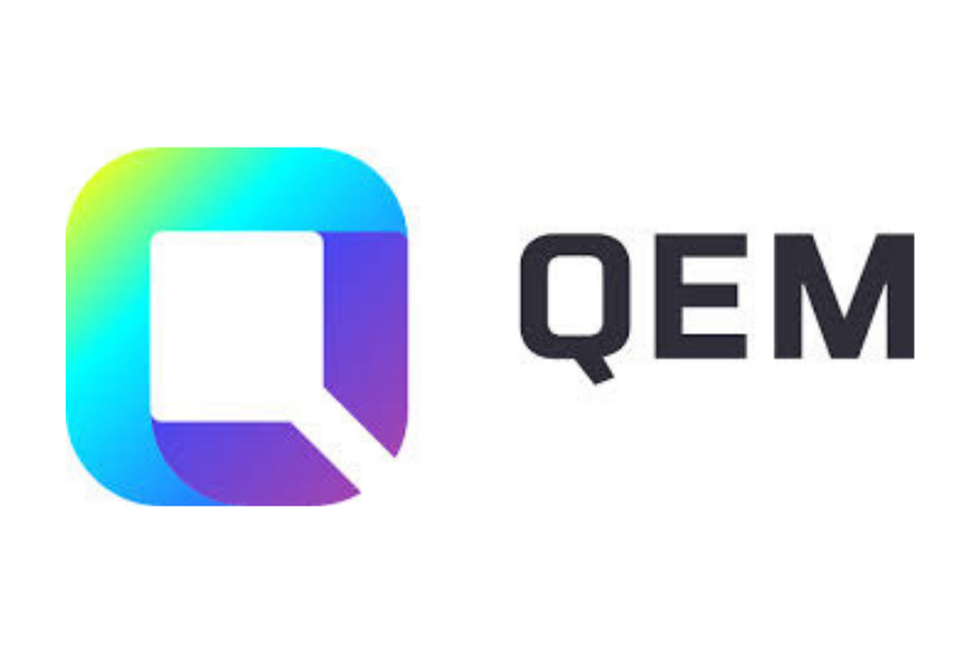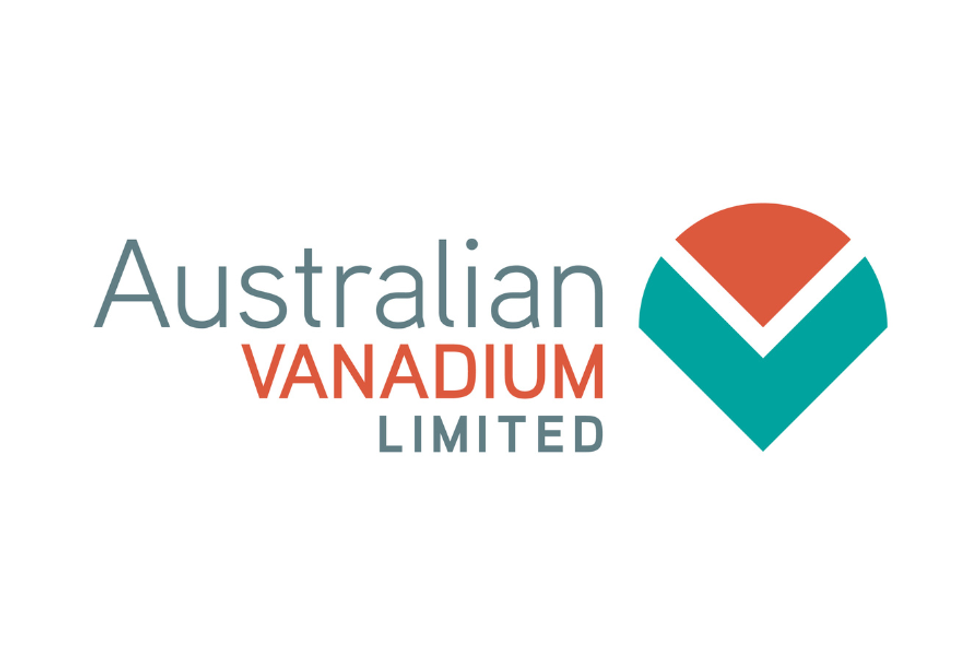Vanadium Market Forecast: Top Trends That Will Impact Vanadium in 2023
What’s ahead for the vanadium space? Read on to see what market watchers see for the vanadium forecast in 2023.

Heading into 2022, experts were expecting vanadium demand to increase on battery segment attention.
While most vanadium is used in China for steel applications, particularly the high-strength, low-alloy steel used to make construction rebar, the metal has a growing role in batteries that is attracting interest.
As the year comes to an end, what can investors expect for vanadium in 2023? Read on to learn more about vanadium’s performance in 2022, as well as what analysts and market watchers are forecasting for next year.
How did vanadium perform in 2022?
As mentioned, at the end of 2021, analysts were expecting vanadium demand to grow in 2022. But the first few months of the new year were shocking for metals markets as Russia's invasion of Ukraine brought volatility to the commodities sector.
All in all, the story of the vanadium industry in 2022 was almost exclusively determined by the Russia-Ukraine conflict, Willis Thomas and Connell Murphy of CRU Group told the Investing News Network (INN).
“Vanadium has not been affected to the same extent many other commodities have been in the wake of the conflict, but initial sentiment saw prices almost double in March due to the invasion,” they said. “This was due to the risk of losing the large supply of ferrovanadium into the European steel market through the Russian-owned Evraz.”
Sanctions hit Roman Abramovic, the biggest shareholder of Evraz, a major vanadium producer with assets in Russia and Czechia, leading to the resignation of the company's entire board.
“Due to Evraz trading vanadium oxide into the Czech Republic, where it is then processed into ferrovanadium, however, very little impact has been seen,” the CRU analysts said. “This has been confirmed by the market, with prices dropping since March and resting back at pre-conflict prices for the past four months.”
Commenting on the performance of vanadium in 2022, Jack Bedder of Project Blue also said that despite initial fears, there has been no meaningful disruption of vanadium flows as a result of the Russia-Ukraine conflict or sanctions.
“We expected more subdued demand from China ― and this proved to be the case,” he said. “(There were) no major surprises on the supply side ― although of course the Russia-Ukraine war was unexpected.”
In the first half of the year, the market also moved from worrying about supply risks due to the ongoing Russia-Ukraine war; instead, demand risks took over as China’s lockdowns impacted the sector.
“Demand in China has been lower than expected as a result of steel production curbs in China enforced due to the Winter Olympics, and extended COVID-19 shutdowns,” Bedder said back in June.
Lockdowns in China impacted demand, but not as much as some had anticipated during the first half.
“Lower steel production for rebar and some slowdowns in battery projects came as a result, with delays more than anything,” CRU’s Thomas told INN back in June.
Speaking about the battery sector, Thomas said there have been more investments for electrolyte capacity, so there will certainly be increased demand moving forward. “Vanadium battery demand expectations are notoriously difficult to meet, with issues of supply and for the battery projects themselves being common,” he said.
Vanadium is a key metal used in vanadium redox batteries (VRFBs), which are a viable option for large-scale storage because they are able to provide hundreds of megawatt hours at grid scale.
In contrast to the volatility of H1, a steady and subdued market persisted with much lower prices in the second half of the year.
“As is the case with all ferroalloys, demand from the steel sector was subdued owing to trends in China, principally its zero-COVID strategy and faltering property and construction sectors,” Bedder said. “Vanadium prices were impacted accordingly and fell back.”
But in the last quarter, activity picked up a little. “Rebar stocks are slowly being drawn down, although restocking is typical of this time of year with producers preparing for higher demand to come,” Bedder said.
While steel demand is down, aerospace demand for vanadium (and other metals) was a bright spot in Q4.
“In addition, more announcements of VRFB electrolyte capacity and planned installations continue to suggest that the technology is gathering momentum,” Bedder added.
What factors will move the vanadium market in 2023?
As 2023 kicks off, global demand for vanadium is once again expected to increase, according to CRU, as many industries ― steel, chemicals, aerospace, batteries and more ― are still seeing growth coming out of COVID-19.
“(There is) steady growth seen in chemicals, temporary growth seen in the steel sector and accelerating growth seen in both aero and batteries,” Thomas and Murphy said.
Similarly, Project Blue expects the overall market to grow at a CAGR of 2.7 percent over the 2021 to 2027 period, although it expects a 5 percent decline between 2021 and 2022.
“Over the five year horizon, demand in steel is set to increase, supported by high-strength, low-alloyed output and higher intensity of vanadium use,” Bedder said. Alloy demand growth is expected, but will be a slow recovery from COVID-19 impacts.
As a whole, the firm is not expecting demand to reach 2019 levels again until the late 2020s.
“Growth in chemicals demand will be moderate with no novel applications set to boost demand,” Bedder added.
Looking in particular at the steel sector, coming into 2023 Project Blue expects consumption to be roughly in line with 2021 levels. CRU expects to see growth in demand due to China exiting their zero-COVID policy eventually.
“This will temporarily result in an overall increase in vanadium demand from steel, which will see decreases in following years due to reduced steel production, though intensity gains will offset this to a degree,” Thomas and Murphy said. “Past 2023, however, due to China’s peak in steel production following 2020, the vanadium demand in the steel sector will see a slight decline.”
In terms of the battery segment, Project Blue expects to see continued commercialization of vanadium redox batteries in its base case. Its current projection is set at more than 35 percent per year growth to 2027, with demand to be driven by China.
“I think we will continue to see more announcements regarding planned installations, but the question is how big will these batteries be, and thus how much vanadium will they need?” Project Blue's Bedder explained to INN. “I also expect more commitment to build electrolyte capacity.”
CRU is also forecasting continued battery growth in China, with large-capacity additions being almost exclusively within this region.
“Demand for the battery segment, due to the low volume of capacity additions currently, is often annually set by one or two large projects being produced in China,” Thomas and Murphy said. “Going into 2023 we expect an increase in demand compared to 2022 as some large VRFB projects are expected to begin construction, as well as numerous smaller commercial-scale projects.”
According to the analysts, the introduction of low-cost, primary production continues to be the main challenge for vanadium production going into 2023. “Without this we will see demand destruction going forward,” they said. “This comes down to a balancing act of high enough prices to incentivize production, but not so high that niobium replacements are seen in steel and alternative long-duration energy storage is seen in the battery sector.”
In terms of prices, the analysts said they will increase steadily coming into 2023.
“This will be off the back of a large forecast of battery capacity with relatively steady demand seen in other sectors,” Thomas and Murphy said. “Supply will be able to partially meet this growth in demand, but not completely. This will see a slight increase from the plateau in pricing we are seeing towards the end of this year.”
All in all, in 2023, Project Blue’s outlook is for a balanced market unless there are unexpected supply-side shocks.
Don’t forget to follow us @INN_Resource for real-time news updates!
Securities Disclosure: I, Priscila Barrera, hold no direct investment interest in any company mentioned in this article.
Editorial Disclosure: The Investing News Network does not guarantee the accuracy or thoroughness of the information reported in the interviews it conducts. The opinions expressed in these interviews do not reflect the opinions of the Investing News Network and do not constitute investment advice. All readers are encouraged to perform their own due diligence.


